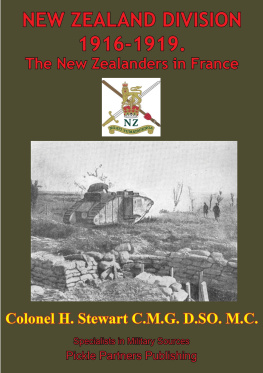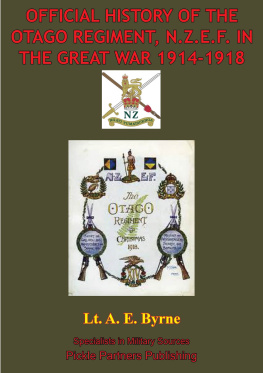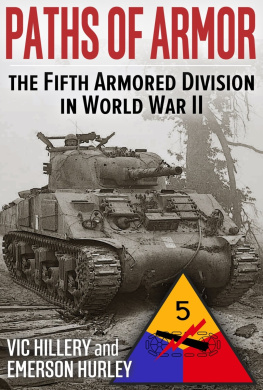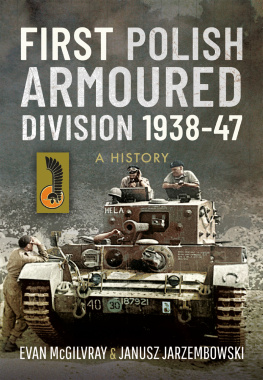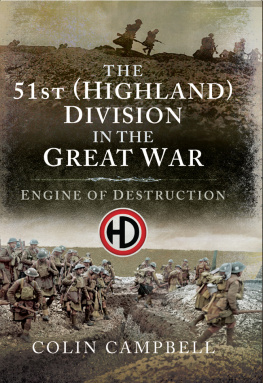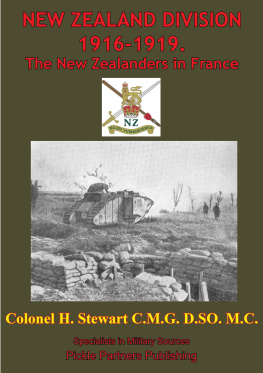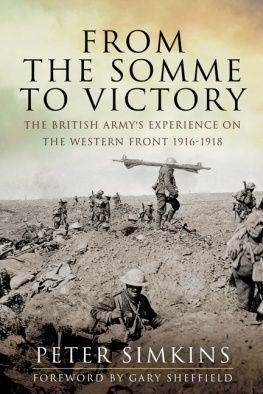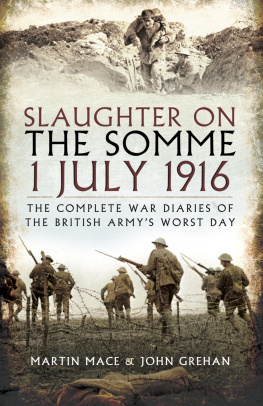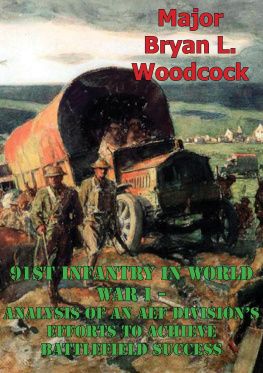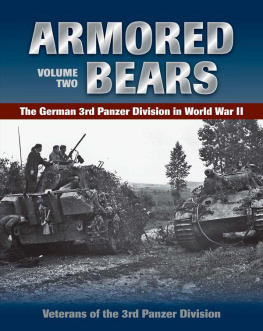

This edition is published by PICKLE PARTNERS PUBLISHING www.picklepartnerspublishing.com
To join our mailing list for new titles or for issues with our books
Or on Facebook
Text originally published in 1921 under the same title.
Pickle Partners Publishing 2013, all rights reserved. No part of this publication may be reproduced, stored in a retrieval system or transmitted by any means, electrical, mechanical or otherwise without the written permission of the copyright holder.
Publishers Note
Although in most cases we have retained the Authors original spelling and grammar to authentically reproduce the work of the Author and the original intent of such material, some additional notes and clarifications have been added for the modern readers benefit.
We have also made every effort to include all maps and illustrations of the original edition the limitations of formatting do not allow of including larger maps, we will upload as many of these maps as possible.
The New Zealand Division
1916 1919 A Popular History
Based on Official Records
by
Col. H. Stewart, C.M.G., D.S.O., M.C.
(Late Comdg. 2nd Bn., Canterbury Regt.)
TABLE OF CONTENTS
Contents
PREFACE
In accordance with instructions received from the New Zealand Government, this history is designed for the intelligent general reader. Technicalities have been simplified as far as possible, and the meanings of non-obvious terms have been explained. The narrative deals almost exclusively with movements and engagements. No detailed review of administrations has been attempted, and I have eschewed statistics. On the other hand, individual acts of gallantry receive an amount of notice which in a work addressed to the serious student would be disproportionate.
With a small self-contained unit like the New Zealand Division it is possible to see how a complete accurate and vivid record might have been compiled by a "Historian," as distinct from a Press Correspondent, writing contemporaneously with the Division's actions. Endowed with the necessary qualifications of tact, energy, patience, sanity, technical knowledge, and a passion for accuracy, and living at Divisional headquarters, he would have been able to interview participants, down to section commanders if necessary, and thereby check statements, amplify official narratives, elucidate obscurities, catch the atmosphere of the time and describe the country at leisure from actual observation. He might have produced a picture unique for truthfulness and interest.
As it was, the opportunity was overlooked. The actors are now dispersed, and the historian must fall back on written records. Such records can be supplemented by the recollections of officers and men, but owing to the unreliability of the human memory and for various other reasons this latter source of information must be used with the greatest caution. Battalion and Company Commanders writing first-hand descriptions on the morrow of an engagement know the difficulties in the way of setting out detailed truth. A year or more afterwards the task of recapturing facts is a desperate undertaking.
The authorities used for this book are:
(i) The monthly War Diaries of Units, with their appendices. These are of varying value. Those of Division (G.S.) and of Brigades are generally good. Those of Battalions, in 1916 highly inadequate, improved considerably in the latter part of the war. None fortunately are so laconic as that of a certain English unit, whose sole reference to a highly successful advance on the Messines Ridge 7th June 1917 is limited to the words "Took part in the Battle of Messines." Many, however, written under the pressure of other work, are scrappy and inaccurate, and all are necessarily somewhat dry and colourless. I have read all the diaries of every unit in the Division, and studied extensively those of the different Armies and Corps, of which the Division from time to time formed part, together with those of flank Divisions Brigades and Battalions, without knowledge of which one's view is inevitably circumscribed and frequently wrong.
(ii) Operation Orders, including those of Armies and Corps.
(iii) Corps Division Brigade and Battalion Intelligence Summaries, memoranda on tactical situations, &c.
(iv) Narratives of operations, as and when compiled by Armies) Corps and smaller formations.
(v) Orders issued and messages and reports submitted during operations, and records of telephone conversations.
(vi) N.Z.E.F. Orders and Gradation Lists, and Divisional Routine Orders.
(vii) Recommendations for Honours and Awards.
(viii) Reports rendered by the G.O.C., N.Z. Division, and the G.O. i/c Administration to the G.O.C., N.Z.E.F., for transmission to the New Zealand Government.
(ix) Various, such as personal diaries, copies of private letters to New Zealand, statements on oath by repatriated prisoners of war, the Official Correspondent's despatches, &c. of the histories which I have consulted, I have found Col. Buchan's volumes ("Nelson's History of the War") much the most valuable. Though frequently incorrect in details they present a well-informed and vividly expressed narrative of political tendencies and of the changing military situation and general military operations. Lt.-Col. Weston's "Three Years with the New Zealanders" gives a graphic account of a battalion's experiences in war. Lt.-Col S. S. Allen's admirable "2nd Auckland, 1918," was published after the bulk of my own book had gone to press, but I have been able to derive useful information from it for my later chapters.
(x) Haig's Despatches.
In September 1919 I paid a visit to all the Division's battlefields to determine certain topographical obscurities.
Exactitude was not perhaps the most conspicuous virtue of pre-war Regimental Histories. Every possible care has been taken in this narrative to ensure accuracy, but I cannot hope to have avoided altogether errors of detail. With the fallibility of the more important original sources, not overmuch reliance can be put in the most rigorously scientific methods to recover facts from them. The insecurity of the historian of previous wars and ages, dependent often as he is on second-hand authorities, has been impressed on me during these investigations with great force. For any corrections sent me at the undermentioned address I shall be grateful. I trust, however, that substantial accuracy will be found to have been attained. Certain cruces of no special importance, arising from conflicting or inadequate information, are perhaps now insoluble. In cases where marked discrepancies exist, as to captures of prisoners objectives &c., I have found it a good principle to select the less favourable account. Certain diaries, it may be added, afford entertaining or exasperating illustrations of the preference shown by amour propre to camouflage rather than to confession. Apart from the actual facts I have endeavoured to convey a faithful and sober idea of the atmosphere of war in which the Division existed, of its complex machinery, its demand for strenuous and incessant labour, its hardship squalor waste, and its challenge to fortitude self-denial and gallantry.
A few points of treatment may be noted. The material necessary for the complete presentation of the main outlines of the war is not yet available. As a background to the story of the Division, I have thought it essential to give concise summaries of the general operations of the time, but do not pretend to look on these as conclusive. To avoid prolixity and obscurity, the smallest infantry unit mentioned by name is the Battalion, and except on special occasions Companies are not distinguished by title or letter. These will receive due recognition in the various Regimental histories. In the nomenclature of the Territorial Battalions I have preferred to maintain generally the curious idiosyncrasy and all but invariable usage of the Division and have called the 1st Battalion Auckland Regiment "1st Auckland" rather than "the 1st Aucklands," or "Auckland" rather than "the Aucklanders." On the other hand, the Rifle Brigade Battalions are for conciseness distinguished as "the 1st Rifles," &c., terms which were rarely if ever used in the Division. The New Zealand Field Artillery Brigades are numbered without further definition, and the word "English" or "British" is added in the case of Imperial artillery units. Unless when the coherence of the narrative demands otherwise, units are mentioned from right to left. Initials, except when their omission makes for ambiguity, are not repeated. Names of officers commanding battalions in battle are given only when the Battalion Commander himself is for any reason absent. In several maps contours have for the sake of clearness been omitted. The illustrations except those of persons or where stated otherwise have been selected from the official N.Z.E.F. photographs. One example of the Army aeroplane photographs is shown.
Next page
